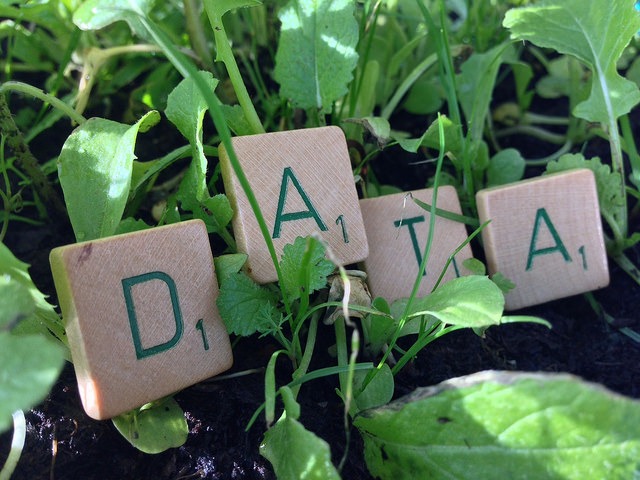
Determined not to get into rant mode
25th March 2019Comment from Anthony Pexton, BCPC Advisory Board Member
Determined not to get into rant mode, I am sitting here as a farmer, almost three years since the referendum, and two years since our departure from the EU was signalled with the signing of Article 50, and still no idea of the circumstances of our departure, or even if ultimately we may not leave.
If we do eventually withdraw from the CAP, unfortunately the Agriculture Bill which outlines the direction of travel for farming post Brexit is long on environmental outcomes and short on production signals.
What is certain is that the whole of the food industry is facing changes – as it always has done. Climate change, health issues, changing consumer tastes (vegetarianism/veganism, meat-free Monday), a growing world population, availability of new techniques (GM/ gene editing, remote sensing and robotics) and the probable restrictions on the materials which we can use because of concerns over human health or the environment, all mean that we need to have independent, reliable information on which to base our decisions.
So, what changes do I see on our farm?
First, we are taking a long term view. We run a six course rotation of rape, wheat, wheat, pulses, wheat, barley. We have blackgrass issues – not problems – and we are determined to keep it that way. This means that the barley may be winter or spring sown, and the timing of the sowing of winter wheat can be delayed. The pulses on our lighter land are spring sown vining peas, and on the heavier land, winter sown beans.
We are looking at ways to continue to cut costs of production per tonne as much as possible, consistent with being able to make a profit. This means continually reviewing our cultivation and establishment techniques, the varieties which we sow and the timing and precision application of our inputs.
Our aim is to avoid ploughing to establish our winter sown crops, but use non inversion tillage, or direct drilling, though we have flexibility to plough where and when needed.
We are aware of the issue of resistance, but at the same time are conscious of the probable restrictions in the number of plant protection products which we can use (which will in turn generate even greater pressure for resistance) so try to reduce the need for remedial action by the choice of varieties and cultivations.
The use of yield maps over a number of years is helping us to look at the less productive areas of the farm; are these going to be suitable for use in environmental schemes in the future?
We are where we are because of research and development. Innovations in machinery, cultivation systems, precision farming, soil management, disease and weed control, and plant breeding are all the result of years of R&D. All this points, inexorably, to continuing research, assessment, knowledge transfer, and rules and regulations based on science, not Twitter storms.
As an industry, as well as individual businesses, we must use our limited resources as effectively as possible. We have to identify the challenges and the solutions and be able to get new knowledge to users as quickly and effectively as possible.
That is why, as a farmer, I am delighted to see that BCPC, with their expert panels, independent reference guides and databases, and annual technical conference, and NIAB, with its range of crop research programmes, work on plant breeding, soils, diseases, regional groups of farmer members, and its developing association with Cambridge University, have come together as partners.
That is why, as a farmer, I am delighted to see that BCPC and NIAB have come together as partners. BCPC brings expert panels, independent reference guides and databases, and technical events while NIAB adds its range of crop research programmes, work on plant breeding, soils, diseases, regional groups of farmer members, and its developing association with Cambridge University.
Both are science based organisations devoted to the promotion of science and technology in sustainable crop production. Their cooperation and pooling of resources must be one of the ways in which the industry faces the challenges of the future. I believe that the more efficient use of the resources of both organisations, and their independent assessment of developments, will help not only producers and processors, but, as importantly, be a vital, unbiased source of information for policy makers.

